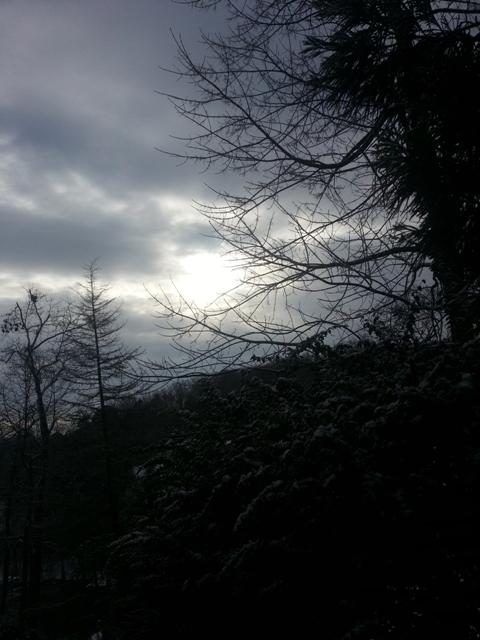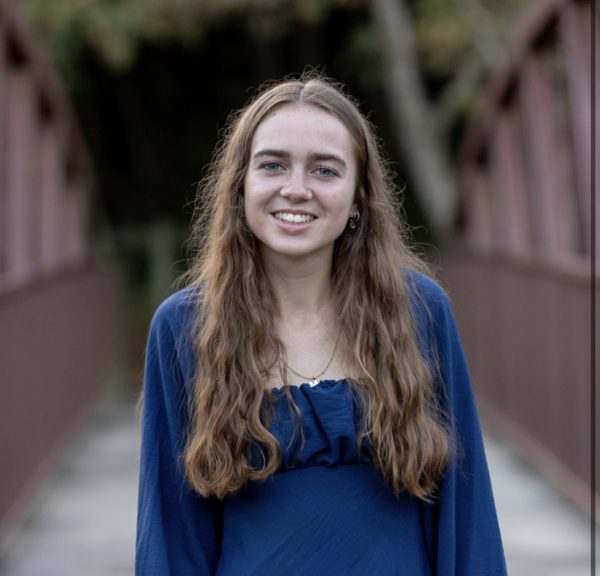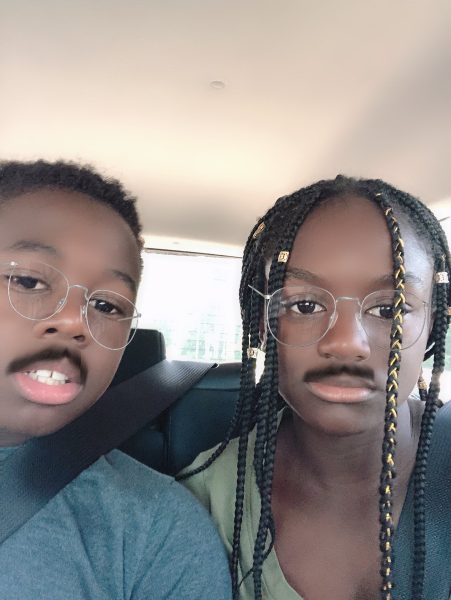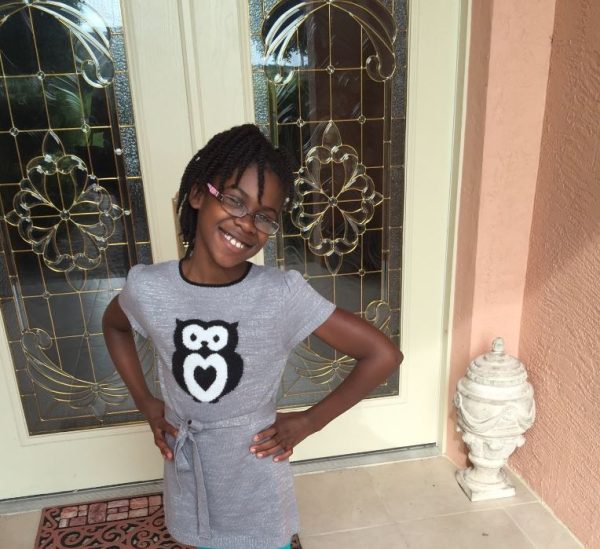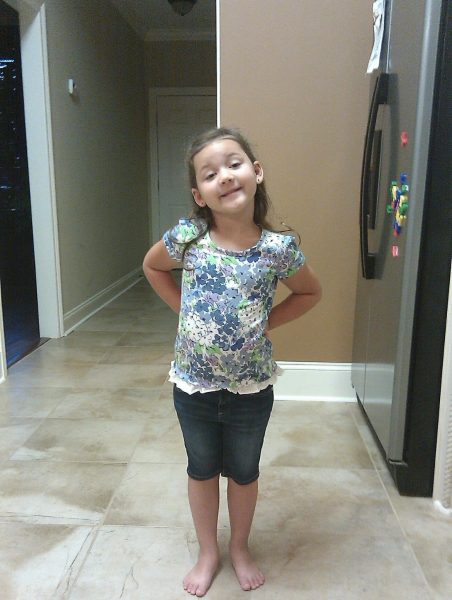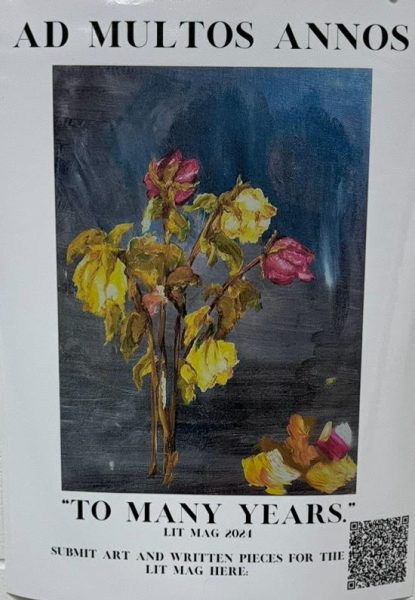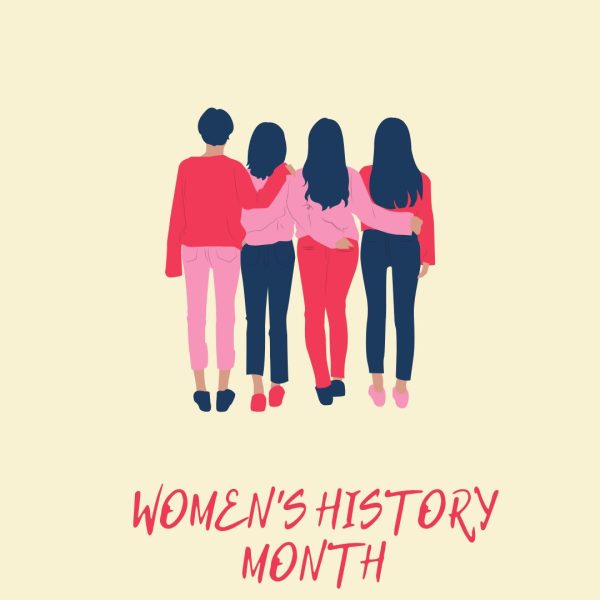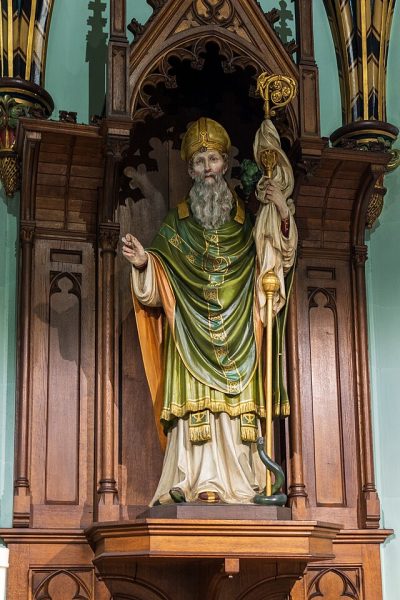Dressed in Death
Many other traditions have withered and died away, but the traditions of the Torajan people continue to live on today.
In the United States, there are several ways to deal with the dead which are deemed socially acceptable. The two most common would be cremation or a typical burial in which a body is placed in a coffin and buried some six feet under the ground for the rest of eternity. However, there are many other countries besides the United States that have many different cultures and ethnic groups. But since this article is based around the topic of burial, one particular group of people whom are viable for this discussion are the Torajan people who reside in the mountainous region of South Sulawesi in Indonesia.
There are around 650,000 individuals who belong to this ethnic group. Diversity can be found among themselves, as their population includes Christians, Muslims, and Animists (people who worship spirits of material objects like animals, plants, etc.) Although they have been influenced by many other cultures throughout the years, there are many traditions that have remained and are still practiced.
One tradition which many would find peculiar is what happens when a Torajan person passes away. The funeral ritual is a very expensive event, and sometimes the funerals are held several years after the person passed away so that the family can come up with sufficient funds. In doing this, since the funeral is not held at the time of death, the individual is stored in a temporary coffin. After the funds are raised and the funeral takes place, the body is taken from the temporary coffin, given a new change of clothes, and then placed in the new, permanent coffin.
The final burial rituals often involve the sacrifice of large amounts of water buffalo, and cockfights are also frequent with as many as 25 sets of chickens participating. The ceremony also includes large amounts of singing, dancing, and grieving. After the ritual is completed, the person is either placed in a cave, in a carved stone grave, or even hung from a cliff by a thick rope, but they aren’t quite “left to rest”. Every year, in August, there is a ritual called Ma’nene. During Ma’nene the dead are taken from their graves, washed, and given a change of clothing. After they are clean and looking presentable, the mummies are then paraded around the village. At this time, family members and friends gather around and watch as their ancestors can be seen again.
The sacrifices would probably be considered to be animal cruelty here in the United States; however, in an enclave such as this one, which is separated from most of humanity, these old traditions have been preserved. It is amazing that such a unique set of traditions is still existent today. By now many other traditions have faded away, but the Torajan people continue to set themselves apart from others through their unique set of behaviors and customs.

Allen Carter is a fantastic writer, and he has a large imagination. When Allen finds himself enveloped in a writing piece, there is no end to the words...


